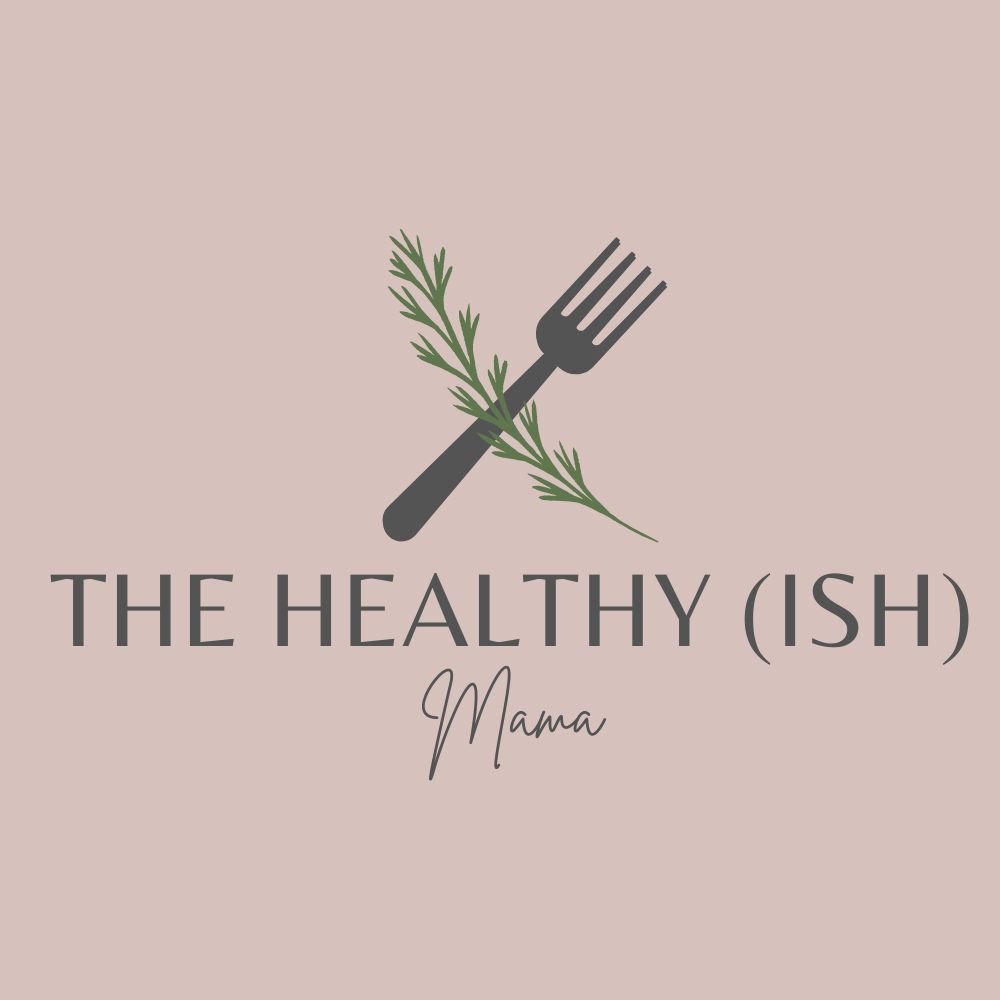The Mediterranean Diet
The Mediterranean diet is basically the dietary traditions followed by the people of Greece, Spain and southern Italy who live around the Mediterranean Sea. And let me tell you, if you want to feel healthier and lose weight, while still eating good food, this is the one for you!
It has been studied by an American Dr Ancel Keys when he landed in Greece in 1945. He discovered that the people of Greece and Spain had longer life expectancy and didn’t have any major health problems.
Their diet mainly consists of lots of food from plant sources freshly eaten minimally processed, locally grown, and seasonal and very little food from animal sources
Foods mainly are fresh fruits, vegetables, sea fresh fish, herbs, bread, grains, nuts and seeds, non refined oils like olive oil which is 25% to 35% of fat consumed and low consumption of saturated fats, moderate consumption of cheese and yoghurt, honey and fresh fruits for desserts, lots of fresh fish and unrefined cereals.
Vegetables consumed should be at least 1 pound and red meat consumed sparingly only. Lots of physical activity and consumption of wine if taken should only be 1 glass for women and 2 glasses for men daily with meals. Other alcohols are frowned upon, but if quitting your nightly beer has been a struggle this is a good compromise.
Fruits are mainly grapes, raisins olives, avocado, strawberries, raspberries, currant, blue berries grapes, black olives, orange, apple, pear, figs, pomegranates, dates, passion fruits, cherry, apricot, grapefruit, peach, prunes, quince, bergamot and plums.
Vegetables are spinach, lettuce, cauliflower, broccoli, white peach, bell pepper, carrot, beetroot, tomato, onion, shallots, scallions, green onion, celery, eggplant, capers, cucumber, lemon, Zucchini, white and red cabbage, mushroom, grapevine leaves, artichokes, potatoes, sweet corn and gherkin.
Grains are mainly pasta, couscous, rice, polenta, bulgur etc.
Legumes are carob, peas, beans, lima beans, chickpea and lentils.
Herbs and spices used are anise, basil, bay leaves, borage, peppercorns, garlic, chilies, chamomile, chervil, chives, dill, fennel, lavender, marjoram, mint, nutmeg, oregano, parsley, sesame seeds, rosemary, sage, savory, sorrel, tarragon, and thyme, vanilla, mahaleb, red saffron, masticha, cinnamon, clove, coriander, cumin and caraway.
Cheese used are mainly from sheep and goats milk - bocconcini, edam, feta, halloumi, kasseri, kefalograviera, kefalotyri, roquefort cheese, mozzarella, mitzithra, manouri, manchego, peciino toscano , mascarpone, parmesan, and pecorino, anthotyro, xynotyri, ladotyri, anevato and batzos.
Nuts are almonds, fennel, poppy, sesame, pistachio nuts, peanuts, hazelnuts, walnuts, pine nuts and chestnuts.
Fish and fillets are herring, salmon, trout, tuna, anchovies, sardines, mackerels, cod, and carp. Sea foods like octopus, clams, mussels and squids are also eaten.A wide variety of these foods consumed daily has been found to be very good for the heart as well.
There are some amazing recipes out there to get your started on the Mediterranean Diet plan. I started with taking the quiz here, and seeing the meals they showed me. I absolutely loved them all! You can get started for just $1, and I promise you from there you’ll start to feel better within just a week.
If you’ve thought about leaning more towards a plan based diet than this one is for you. It’s a good intro into eating less refined carbs while still eating food you enjoy!

